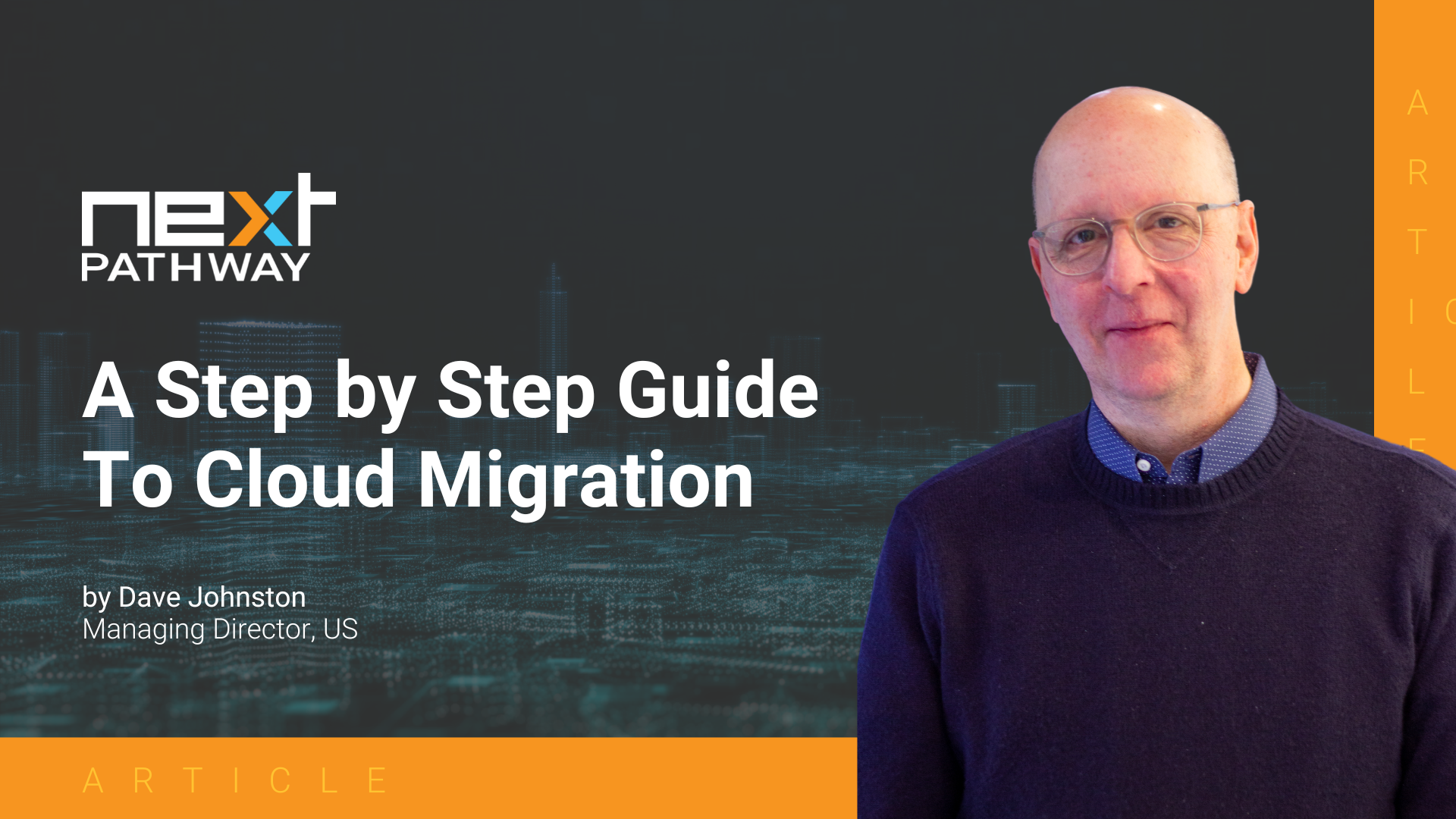Now on to the step-by-step Cloud Migration Guide.
1. Prework and benefits: Select the cloud target, automation tools, consultant and, most importantly, the internal experts who will be involved. Backfill the internal resources (don’t think they can do it in their spare time). Prepare a budget, a cloud migration checklist, and get internal approvals. Importantly, write down your expected benefits such as cost, scalability, security, performance, user experience, or a step towards future data modernization.
2. Planning: Kick off the project recognizing there will still be a lot of details to iron out. Getting team routines in place, determining waves, building a QA plan and others all need to be defined. There is also a lot of stakeholder communication required, particularly to business users who rely on the current legacy Data Warehouse and will be impacted by the project.
3. Environment build and shakedown: Ensure you have integrated dev, test and prod environments for your new cloud, signed off by your security and infrastructure teams, and with required access to the project team. Ensure it works by taking a few jobs and data from the old Data Warehouse, converting and running them on the new.
4. Translate the current Data Warehouse code as well as any ETL code the Data Warehouse leverages: This is the key area to automate, so select carefully. If you use an ETL tool or many ETL tools be sure to include it in your plans and needs for automation.
5. Migrate the historical data: Your volume of data can be hundreds of terabytes or even petabytes. Moving it is actually involves 3 hops: extract it from the current Legacy Data Warehouse, upload it to the cloud, and then insert it into your new Data Warehouse. And there will be small but critical changes along the way to ensure it conforms. The transfer time alone to get all that data moved can be weeks with validation checks added on top of that.
6. Testing: System Integration Testing is most often the longest task. Prepare for Day 1 of testing well in advance, ideally from project initiation. Test tools, data, cases and staff all need to be ready. Have the team do dry-runs so they can hit the ground running when new code starts arriving. This is the second most important area to have great tools. Otherwise, the labor cost and time taken to test will be significant.
7. Business change management and BI report repoint: Power users in your business may have direct warehouse access to run their own adhoc queries. They will need training on the new cloud platform. As well, all the current BI tools will need to be repointed to the new Data Warehouse. This can be relatively easy or hard, depending on the specific tool.
8. Cutover: With the above steps complete, you are ready to cutover. This can take 1-2 months and includes a number of tasks. Performance testing, catch-up data, and parallel run are the main ones. During parallel run you operate both your old and new Data Warehouses, comparing data every day (or more often) to ensure both are delivering the same results and business users are satisfied. Usually, after 2-4 weeks the decision is made to declare the new Data Warehouse officially launched. Business access to the old system is turned off but it continues to run in the background for some period as insurance.
About Next Pathway
Next Pathway is the Automated Cloud Migration company. Powered by the SHIFT™ Migration Suite, Next Pathway automates the end-to-end challenges companies experience when migrating applications to the cloud. For more information, please visit nextpathway.com.
Connect with Next Pathway

